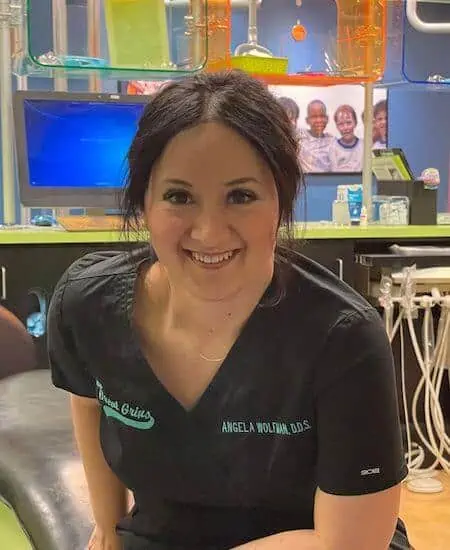As parents, we often associate a cavity in our child’s tooth with visible signs like discoloration or pain. However, the reality is that cavities can sometimes go unnoticed until they reach an advanced stage. Your pediatric dentist in Tucson is here to help you understand what a cavity in kids can truly look like, including unseen signs and symptoms, which is crucial for early detection and prevention.
Visible Clues of a Cavity
- Discoloration
The most recognizable sign of a cavity is discoloration. The affected tooth may appear brown or black. Regularly inspect your child’s teeth for any changes in color, particularly on the biting surfaces and between the teeth.
- Visible Holes or Pits
As a cavity advances, it can create visible holes or pits on the tooth’s surface. These are clear indicators that decay has progressed beyond the enamel. If you notice any irregularities while brushing your child’s teeth, it’s essential to consult a pediatric dentist in Tucson promptly.
Unseen Signs of Cavities
- White Spots on Teeth
One of the initial, often overlooked signs of tooth decay in children is the appearance of white spots on the teeth. These spots indicate the demineralization of the enamel, the outer layer of the tooth. Parents may mistake these spots for normal variations in tooth color, but they can be early indicators of trouble.
- Sensitivity to Temperature
Children may not always communicate dental discomfort, but heightened sensitivity to hot or cold foods and beverages can be a silent symptom of a cavity. If your child winces or avoids certain temperature extremes, it’s worth investigating further.
- Bad Breath
Foul breath in children, also known as halitosis, can be a sign of oral health issues, including cavities. Bacteria thrive in the presence of decay, releasing unpleasant odors. If your child constantly has bad breath despite good oral hygiene, it’s time to explore potential dental concerns.
- Difficulty Chewing
As cavities progress, they can affect the structural integrity of the tooth. Children may experience difficulty chewing or avoiding certain foods due to pain or discomfort caused by the cavity. Keep an eye on any changes in your child’s eating habits.
Prevention and Early Intervention
- Establish a Consistent Oral Care Routine
Prevention is key in protecting teeth against cavities, and it starts with a consistent oral care routine. Ensure your child brushes their teeth twice a day with fluoride toothpaste and flosses regularly. Supervise their oral hygiene habits to guarantee thorough cleaning.
- Regular Dental Check-ups
Schedule regular dental check-ups with your pediatric dentist in Tucson for your child, even if they don’t show any visible signs of cavities. Professional cleanings and examinations can catch early signs of decay that may be invisible to the naked eye. Make sure to see your kid’s dentist at least twice a year for the best protection
- Balanced Diet
A healthy, balanced diet plays a crucial role in preventing cavities. Limit sugary snacks and beverages, as these can contribute to the development of cavities. Encourage water consumption and offer nutritious snacks like fruits and vegetables.
Understanding what a cavity in kids can truly look like involves recognizing both visible and unseen signs. By staying vigilant to changes in tooth color, behavior, and oral hygiene, parents can play a vital role in early detection and prevention. Remember, regular dental check-ups and a proactive approach to oral care are the cornerstones of maintaining your child’s dental health. Don’t let cavities go unnoticed – take action to keep your child’s smile bright and healthy.


